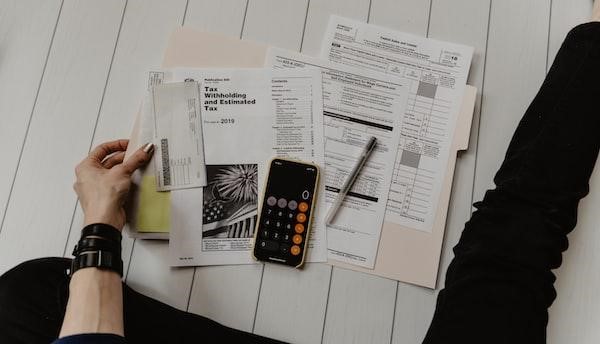50/30/20 budgeting is one of the most popular methods for budgeting and managing money. This method can be used for any type of budget, whether you are trying to save money, pay off debt, or simply keep track of your spending. If you’re looking to expand your budgeting efforts, keep reading to learn how to make this method work for you.
What are the benefits of 50/30/20 budgeting?
According to the 50/30/20 budgeting plan, you should spend 50 percent of your income on necessities, 30 percent on discretionary items, and 20 percent on savings. This approach can help you manage your finances more effectively and ensure you have enough money to cover your essential expenses. If you’re not sure how to figure this out, use this 50/30/20 budget calculator to help you. Be sure to enter what your income is after taxes, not before.
The 50/30/20 budget can also help you reduce your debt burden. For example, spending only 30 percent of your income on discretionary items leaves more room in your budget to pay down your debts. And if you can save 20 percent of your income each month, that will provide a cushion for unexpected expenses or difficult times. Another benefit of the 50/30/20 budget is that it encourages you to live within your means. When you have a clear idea of how much money you can afford to spend each month, it is less likely that you will rack up credit card debt or fall into financial trouble. This budgeting approach can be helpful because it gives you a plan to follow and helps you stay mindful of how much money you’re spending each month. It can also be adjusted if your circumstances change, so it’s flexible enough to work with different lifestyles and incomes.
Can you use a 50-30-20 budget if you have debt?
If you have debt, using the 50/30/20 budget can help you get on track with your payments. Start by dedicating at least 20 percent of your income towards paying down your balances; add more if you can afford it. Put the remaining 30 percent towards discretionary spending—this could include anything from entertainment to groceries—and use the 50 percent reserved for essentials to cover housing costs, transportation, utilities, and other necessary expenses. This approach can help you stay disciplined with your spending while also making headway on your debt payments. It may take some time to adjust to living on a tight budget, but following the 50/30/20 rule will put you in a better position financially long term.
How can I stick to a 50/30/20 budget?
The 50/30/20 budget is a simple yet effective way to ensure your spending is in check. However, this budgeting tactic can be a hard adjustment for some, but there are a few essential tips for making the 50/30/20 budget work for you. One important tip is to include all of your expenses in your calculations. This includes things like groceries, rent, utilities, and transportation costs. Don’t exclude anything that would skew your calculations. Additionally, be honest about what counts as a “want.” A new TV may seem necessary to some people, but others may be able to get by without one. Try to plan for what you’ll do with the money you save by following the 50/30/20 budget. You can put it into savings, use it to pay down debt, or invest it to grow your wealth.
The 50/30/20 budgeting guideline is a popular way to help people manage their money, and it can be useful for anyone, regardless of income. Try implementing this guideline into your budgeting routine to see how it can help you save money long-term.










